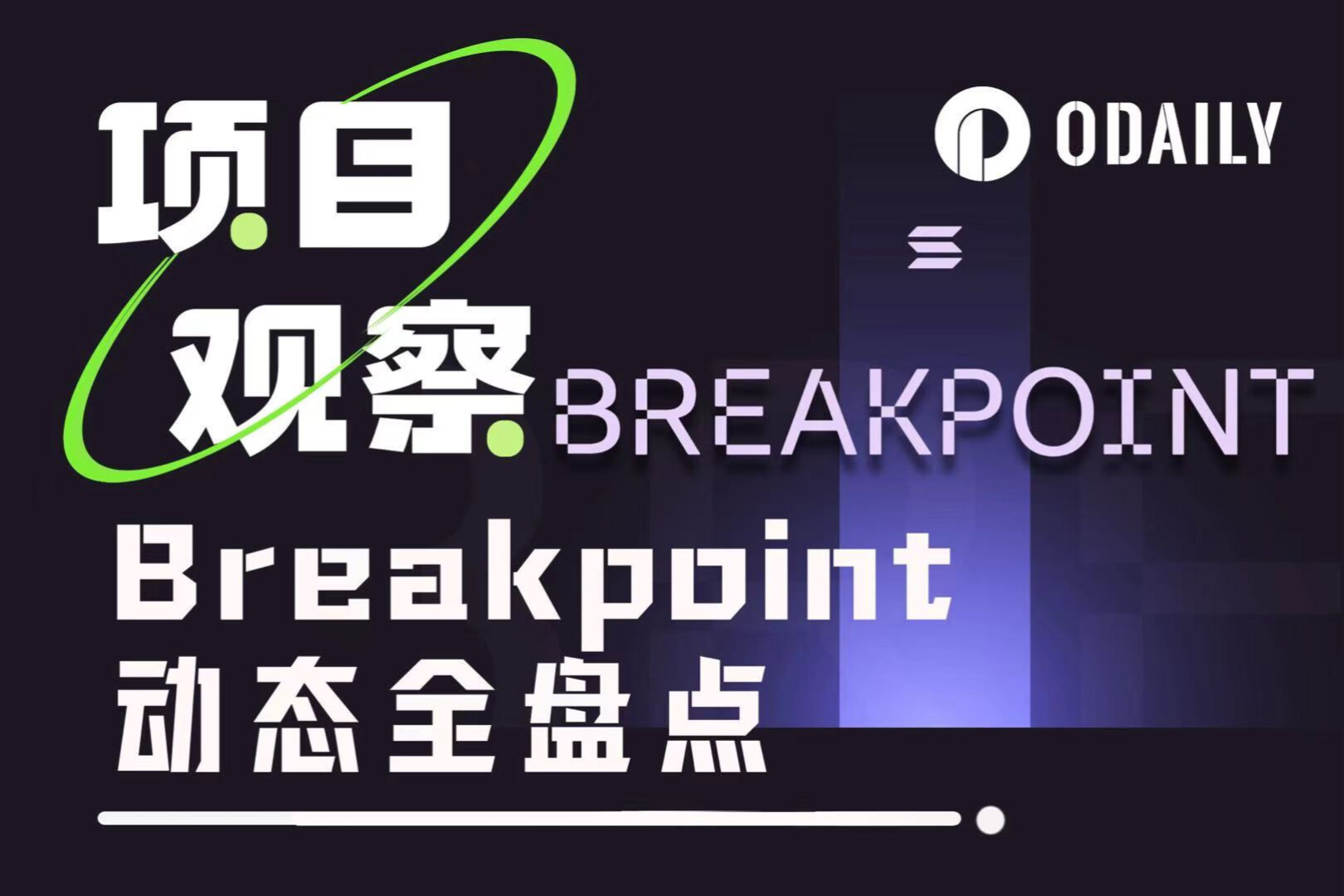
"I'm not a business person, I'm a business person!" - Jay Z
Four creators have so far made $10 million on Teachable. Some of the top paid writers on Substack can make as much as $500,000 a year. The most famous Twitch streamer "Ninja" earns between $400,000 and $800,000 per month. These trends fully reflect a broader movement to "enterprise" the individual, often referred to as the "enthusiasm economy" or "creator economy."Over the past decade, consumer technology has sown the seeds of the gig economy like Uber and Airbnb. It can help anyone, to monetize undifferentiated property. What is certain is that this will be phased out in the post-epidemic era.In contrast, the creator economy offers differentiated talent opportunities that have profound implications for the industry and our future of work.Financing, Distribution and Social Validation
Emerging creators lack start-up capital. Creators need start-up capital to start creating, and in this case, the vast majority of creators have to bear certain risks (eg, income issues, health insurance issues, etc.). Some people start learning at a young age and perfect their skills over a period of time. If he succeeds, he may continue to persevere; if he fails, he may choose to give up. To become a successful creator (eg: have a large number of fans, thousands of followers, etc.), it may take several years to achieve (eg: Lenny Rachitsky's experience). This process will take longer for non-flavored creators. Many creators will mostly choose the corporate model to pay for their dreams in advance.Top creators need to expand their audience and drive more traffic for themselves. Top creators don't actually need that much funding, and for them it's more important to allocate resources.How much does the West's most popular influencer "Charli D'Amelio" cost to make a video? There are almost no fees. All a creator needs is some active fans or community, and creators can sell some of their creations to early fans. Fame and appeal are a self-reinforcing process that can have a major impact on network effects. But today, there is still no way for creators to leverage early fans as a distribution platform.Early fans wanted recognition. For most fans, being part of a creator community means having a strong social identity. It is like a self-definition "I am the first fan" or "I am a loyal fan" to urgently seek approval. For example, when you donate more than $500 to your favorite creator, or after you complete an online course, you can get a new badge or sticker that shows you are a super loyal fan . This is similar to Twich's donation mechanism today, fans are social because everyone craves recognition. I spend at least a quarter of my surfing time with creators, I'm part of many Slack communities (such as RadReads), and I read hundreds of Substack newsletters. To this day, social media has not noticed this aspect of my online identity.Opportunities for NFTs
Collectibles issued by creators.The first iteration of the concept of equity, ownership among creators, looks like a toy. As the crypto world pays attention to bitcoin, another digital asset is also gaining traction.NFT (Non-Fungible Token) is a unique digital product. There are endless practical use cases for NFT, such as collectibles, artwork, badges and stickers.The actual ownership of NFTs is managed by the blockchain, and NFTs are unique, rare, and indivisible digital assets. Irreplaceable transfers contain permanent metadata—such as a certificate of authenticity for a rare painting. Additionally, creators have the ability to control the number of NFTs issued, making them scarce. Finally, NFTs cannot be split into smaller denominations, you can only trade them as a whole.NFTs have multiple ways to recognize success and symbolize the connection between fans and creators. Below are a few use cases we might see in the future.Online courses: Issue NFTs when completing online courses. For example, Tiago Forte's "Building a Second Brain" could have its own NFT badge for each cohort.Artist Organization Program: Use NFT to participate in organization programs. For example, each group of On Deck members can earn their own NFT badge.Newsletter Subscription: Exclusive, limited edition NFT for early fans. For example, Substack authors can release NFTs for their first 100 subscribers, and then issue NFT rewards for their first 1,000 or 10,000 followers.Voting Rights: Creators can issue NTF Voting Rights to a select group of superfans who can express personal preferences on what they want for their next YouTube video.Online communities: NFTs are awarded to some community members to reward their active participation. In this case, creators can construct their own NFT. The original purpose of this model is not to conduct transactions and speculation among the fan base, but to allow creators and fans to establish a more direct relationship.Simple and fun: Collecting digital images, in-game assets (e.g. swords, clothes, etc.), and tradable cards is fun. NFTs don’t involve any financial structure, and users generally see them as a fun game, with some sort of emotional reward from owning unique items. NFTs have the same model as people collecting paintings and vases, and visual images with immutable ownership records are equally attractive.Scarcity and investment attractiveness: Pricing scarce items is a zero-sum game. People choose items that will be demanded by others and expect the price to increase. If the user cannot quantify the efficiency, the network pushes the result. Emerging artists create a limited number of works to demonstrate scarcity. This stimulates price increases, and the value of NFT comes from the psychological and social factors between fans and creators.Community verification: NFT defines fans as content consumers. They help tell the story of tastes and preferences. Fans can store NFT collectibles in personal galleries or wallets, reflecting the long-term relationship between fans and creators.Community autonomy: Encryption frees the community to gain autonomy from the platform. Every creator can bind certain existing leaderboards to existing platforms, and with NFT, creators can stand out from the rankings. Communities can take root from their platforms and build their own "digital nations" within the network, which is a way for creators to shift power from existing platforms and own their own communities, which will also facilitate discovery and growth across communities. Early fans of Substack writers can discover online courses by browsing their fellow collections repositories.Tokenization of Content: Cryptography can change the dynamic between communities and creators, it can convince creators and fans with the concept of a stock market. When creators release their new creations, each creation is tokenized as an NFT. As more and more fans participate, the corresponding NFT value will also increase. Developers can link NFTs to artists, which will allow creators to trade their hype for tokens or experience.secondary title
huge potential market
The market size of crypto-native creative content tokens is difficult to predict, and analytical predictions will always fail when markets do not exist. We can't predict how much impact these products will have, of which Uber (Uber) is a typical example. The company's original market capitalization forecast was $1 billion. As I write this article, Uber's market capitalization has exceeded $70 billion.text
secondary title
Individual creators (about 2 million+) – producing content full-time:
YouTube: Of the 31 million channels on YouTube, about 1 million creators have more than 10,000 subscribers.https://www.tubics.com/blog/number-of-youtube-channels/
Instagram: Out of Instagram's 1 billion accounts, about 500,000 creators have more than 100,000 followers and are considered active influencers.https://mention.com/en/reports/instagram/followers/
Twitch: Of the 3 million media on Twitch, about 300,000 are partners or companies.https://blog.twitch.tv/en/2018/04/24/one-year-and-220-000-affiliates-later-4c49042127c/
https://www.signalfire.com/blog/creator-economy/
text
YouTube: Of the 31 million channels on YouTube, about 12 million creators have between 1 and 10,000 subscribers
https://www.tubics.com/blog/number-of-youtube-channels/
Instagram: Of Instagram's 1 billion accounts, about 30 million creators have between 50,000 and 100,000 followershttps://mention.com/en/reports/instagram/followers/#2
Twitch: Of the 3 million media on Twitch, about 2.7 million are non-partners or affiliateshttps://www.signalfire.com/blog/creator-economy/
https://www.signalfire.com/blog/c
Market Size for Creators: A Top-Down Analysis
secondary title
From Collectibles Market to Social Funds (Partially Organized)
Rarible: Enables users to create tradable digital collectibles. The platform supports user-generated artwork with proof of provenance. It also facilitates sales and terms of sale on its marketplace at near-zero cost. Since its launch (November 2019), nearly 40,000 artworks have been created on Rarible, implying a total transaction value of close to $10 million.
Foundation: You can tag any type of creative product. The platform allows you to buy, sell or exchange tokens. As a result, the market was liquid from day one. Both creators and their fans can take advantage of the early stage or profit in the secondary market. It's an interesting experiment, holding tokens means getting into the market earlier.Roll: A community currency layer protocol developed based on the Ethereum blockchain. "Social currency" is the term for the brand token, allowing communities, content creators or brands to easily mint their own fan currency. After the issuer registers his own token, he will receive 2.2 million tokens in the Roll wallet. The core value of Roll is reflected in its ability to motivate users to generate valuable operations. Each issuer has its own unique network, reflecting its own unique social value. This value is not acquired on a third-party platform, but on the currency issuer or network.SuperRare: A blockchain powered social network for art designers and collectors. Collectors can buy, sell or even keep the NFTs created by artists on SuperRarep as long-term property. Artists can set up an auction mechanism or sell for a fixed price. If an NFT is sold to a buyer, it can be resold on a range of NFT trading sites.Terra Virtua: A Collectible Digital Ecosystem. It aims to create "deeper sensory experiences" through the use of digital collectibles via VR/AR. It's a related way for AR games to merge with Pokémon Go in the real world. (Pokemon Go has garnered over 550 million installs in its first 80 days of release!). Although some digital collectibles are related to games, most digital collectibles are just static pictures. The company created Terra Virtua Fancave - a personal 3D world. Users would gather there to display their collections.More Stranger Experiments: From Socks to Human Capital Tokenization
Uniswap: They had an interesting experiment. They made physical objects "Unisocks". The socks sell for $14. So far, both have traded at $3,000 each, and only 30% of the tokens have been exchanged for socks. 500 pairs of Unisocks traded at about $130,000, so about 70% of the volume was speculation rather than actual socks purchased.
KnownOrigin: An artist-driven crypto art trading platform. It makes it easy for creators to authenticate, showcase and sell their art. By 2018, more than 330 artists, more than 4,000 editions, and more than 120 million digital artworks have been sold on the platform.Dapp Boi: Tokenize yourself. Matt issued 100 BOI tokens representing 100 hours of his work. You can redeem tokens for his time, and among other things, these tokens can be redeemed for any service from UI/UX design, prototyping, to branding.Mike Merrill: Digitized himself so shareholders could vote on every decision in his life.NBA's Nets player Spencer Dinwiddie: Issued history's first professional player's personal crypto bond based on his future NBA earnings, similar to David Bowie Bonds Bowie Bonds' "Bowie bonds" are very clear asset securitization.StockX: A pure sneaker trading platform, without social functions like domestic apps. After buyers bid for their favorite sneakers, the platform will match them with corresponding sellers. After the matching is successful, the seller will send the sneakers to the platform for identification. After confirming that they are authentic, the shoes will be sent to the buyer. Since both buyers and sellers are Anonymous, and the transaction process is handled by the platform, so the only public information is the transaction time and price, and the data of each transaction is aggregated into a large database, and the resulting price trend has become a reference for both buyers and sellers value.Reddit: A massive social news networking site. Technically, the MOON token released by Reddit is an Ethereum-based community token, and in September 2020, it had a market value of more than $28.8 billion. Obviously, this statistic is just an anomaly in the market. If more subreddit contributors decide to sell in the future, MOON will drop significantly.



